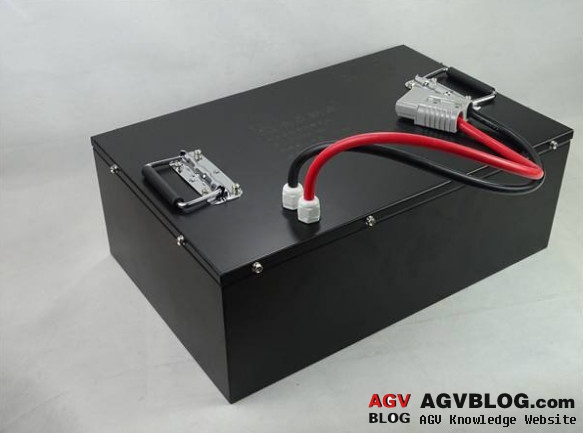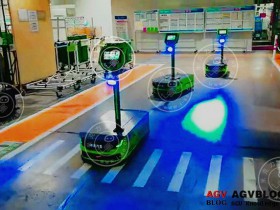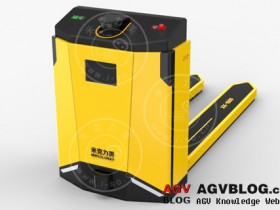AGV often uses 24V or 48V DC industrial batteries as power. The power supply of the battery should reach the rated ampere-hour value. Generally, the work needs of more than 8h should be guaranteed, and the power supply capacity of more than 17h is required for the two-shift working environment. The battery can be charged in two ways: random charging and full cycle charging. Random charging uses a free-chargeable car maintenance-free battery, which can be recharged at any time at the AGV's spare parking station without time limit. Full-cycle charging requires that the AGV withdraw from service and enter the designated charging area and charge only when the battery charge falls within the designated range. Such batteries generally perform 4h continuous charging and 2h cooling specifications. Some AGVs use a combination of the above two charging methods. There are three types of charging operations: automatic, manual and quick-changeable drawable. At present, most AGVs use nickel-cadmium batteries, nickel-metal hydride batteries, lithium batteries and lead-acid batteries. The following is a simple comparison of the above types of batteries:

AGV battery
1. Nickel-cadmium battery
The internal resistance is small, which can be used for large current discharge. The voltage change during discharge is small. Compared with other types of batteries, nickel-cadmium batteries can withstand overcharge or discharge. The operation is simple and convenient. The discharge voltage varies slightly depending on the discharge current. The above is the discharge end voltage of the nickel cadmium battery of about 1.2V is 1. OV / cell, the actual use temperature range is -200C-600C, and the discharge can be performed within this range. Charge and discharge can be repeated more than 500 times.
2. Ni-MH battery
The energy of NiMH battery is twice as much as that of NiCd battery. It can be charged quickly within one hour when charged with a special charger. The self-discharge characteristics are better than NiCd battery. It can be kept for a longer time after charging and can be recharged more than 500 times. put.
3. Lithium battery
Has a high energy density. Compared with a high-capacity nickel-cadmium battery, the volumetric energy is 1.5 times and the energy density is twice. High voltage, the average use voltage is 3.6V, which is three times that of nickel-cadmium batteries and nickel-hydrogen batteries. The use voltage is flat and high-capacity, and the wide use temperature is -200C-600C. The charge and discharge life is long, and its capacity is at least 70% after 500 discharges. Lithium batteries have the characteristics of high energy density, high voltage, and stable operation.
4. Lead-acid battery
Lead-acid batteries are the most widely used batteries for AGVs. They use sponge-like lead as the negative electrode and lead dioxide as the positive electrode. We call these two substances the active substances, and use sulfuric acid aqueous solution as the electrolyte. chemical reaction. The agv lead-acid battery has the advantages of good reversibility, stable voltage characteristics, long service life, wide application range, abundant raw materials (and renewable use), and low cost. It is mainly used in various fields of the national economy such as transportation, mining, ports, national defense, computers, and scientific research. It is an indispensable product in social production and management activities and human life.




